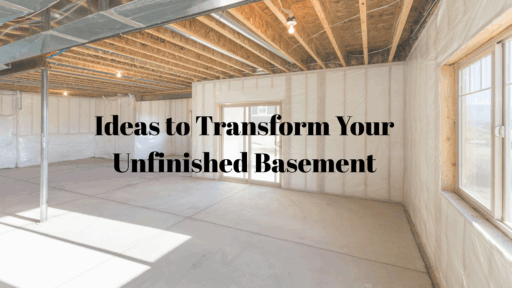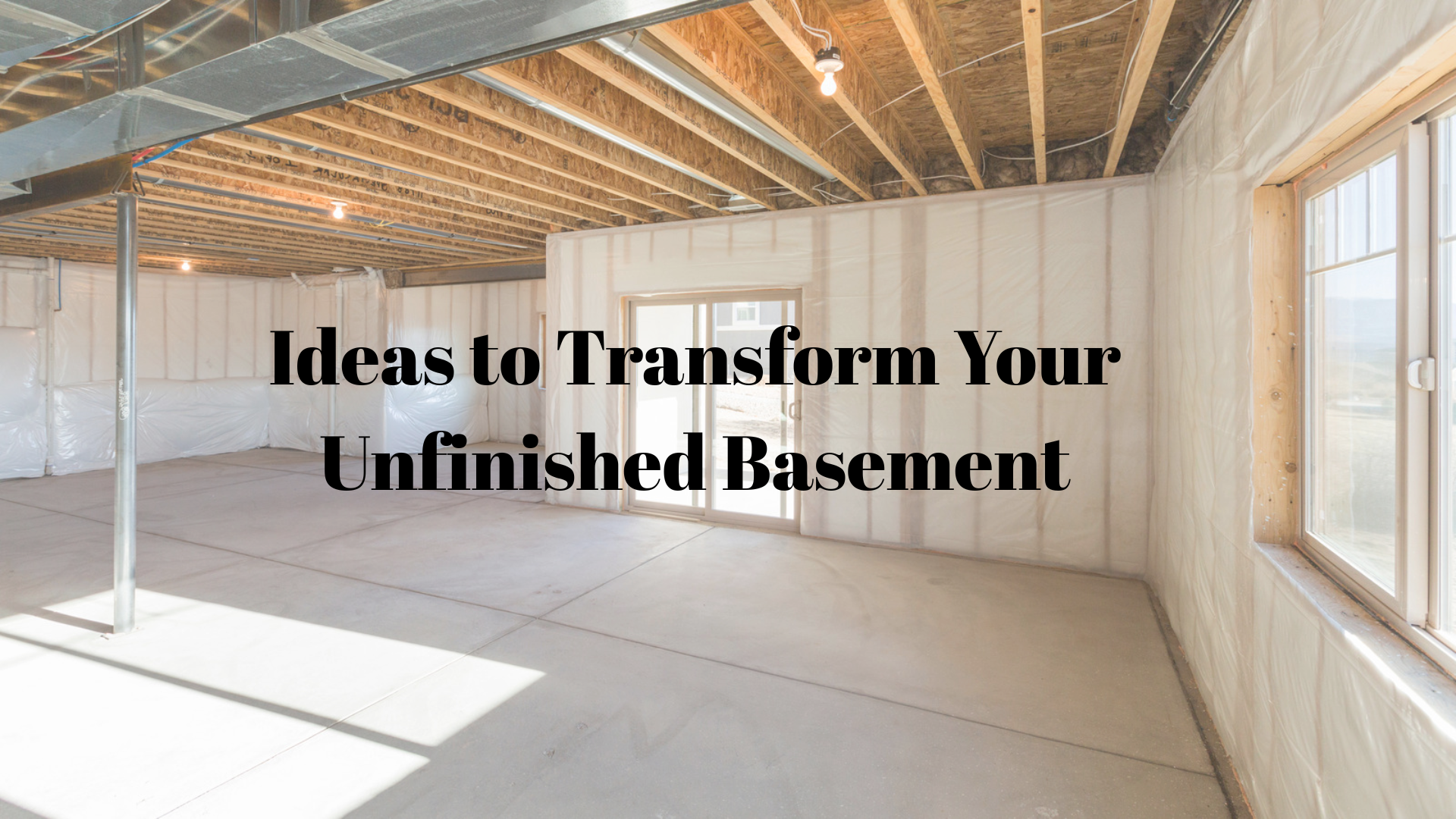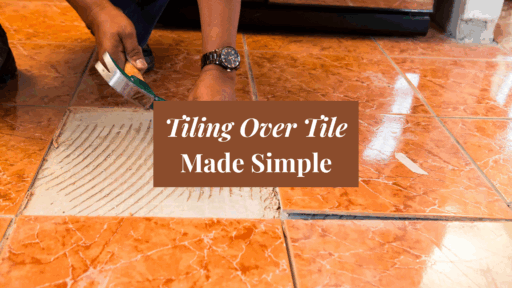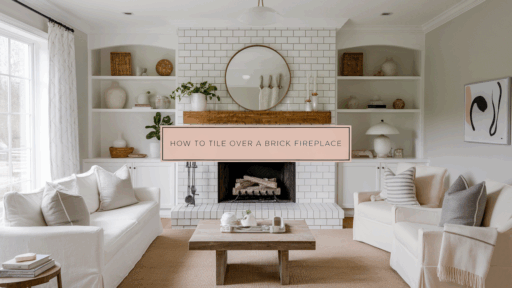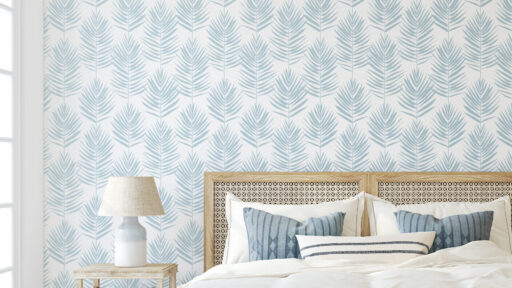An unfinished basement is a space under your house that hasn’t been fully built out. It usually has concrete floors, open ceilings, and exposed pipes. Even though it looks rough, it still has a lot of potential. You don’t need a full renovation to make it useful.
In this article, you’ll find smart and simple ideas to turn your unfinished basement into a space you can enjoy. If you are looking for more storage, a fun hangout spot, or a cozy workout area, we’ll show you how to make it happen. You won’t need a big budget or fancy tools.
This guide is built on real advice that works. You can trust that each idea is easy to understand and even easier to try. If you came here searching for clear, practical ways to use your basement, you’re in the right place. Let’s turn that space into something you’ll love.
What Is an Unfinished Basement?
An unfinished basement is a large, open space below your home that hasn’t been fully built for living. It often has concrete floors, open ceilings, and exposed pipes or wires. Walls may be bare, and the space can feel cold or empty.
Still, it offers a lot of potential. You can easily turn it into something useful without spending much. Many people use unfinished basements for storage, home gyms, hobby rooms, or quiet workspaces. Adding a few rugs, shelves, and lights can make a big difference.
Although it may not look polished, it can still be a practical and valuable addition to your home. With small updates, an unfinished basement becomes more than just extra space — it becomes something you’ll actually use.
Preparing Your Basement
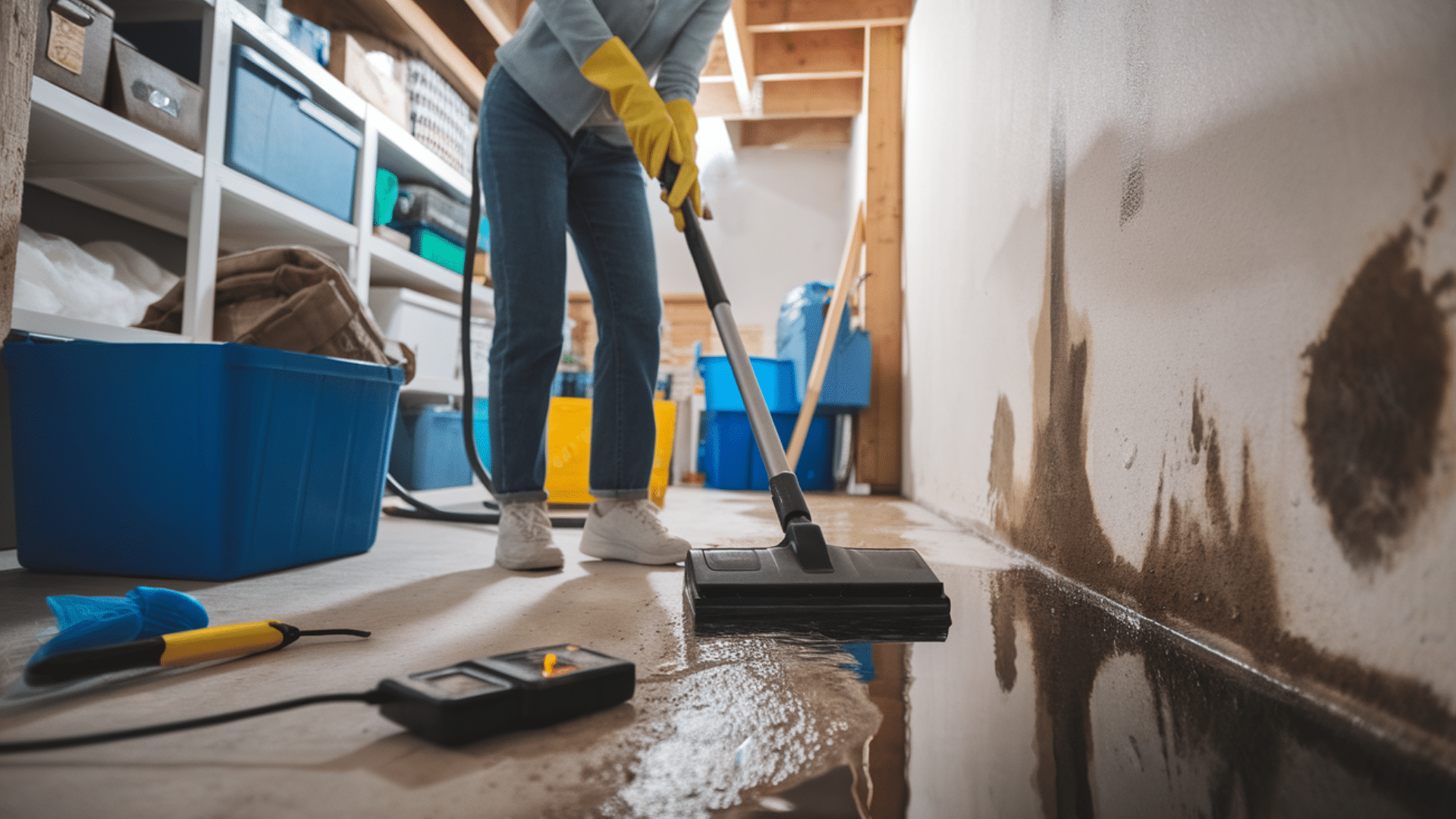
Preparing your basement is the first crucial step in creating a usable space. You want it to be clean, dry, and safe to use. Start by cleaning and decluttering the area. Clear out unused items by donating, recycling, or disposing of things you no longer need.
Sweep and vacuum to remove dust, dirt, and cobwebs, and wipe down surfaces like windows, doors, and shelves. Organize your belongings with storage bins or shelves to keep everything off the floor and out of the way.
Once the area is clean, check for moisture, as basements are prone to dampness, which can lead to mold, odors, and damage. Inspect the walls and floors for dark spots, water stains, or peeling paint. Check the ceiling and corners for leaks.
Use a moisture meter to detect hidden dampness that you might miss. If you find any issues, fix them quickly by repairing leaks, sealing cracks, and improving drainage outside to keep the space dry and protected.
Add Lighting
Basements typically lack natural light. Adding the right lights can make a big difference. Mix and match lighting to brighten different parts of your basement. Try these simple lighting options:
String lights

String lights are a simple way to add warmth and charm to any room. They’re easy to hang across ceilings or walls, making them a quick option for decorating. These lights create a soft glow that feels cozy and inviting. They add a relaxed atmosphere without being overpowering.
Floor lamps
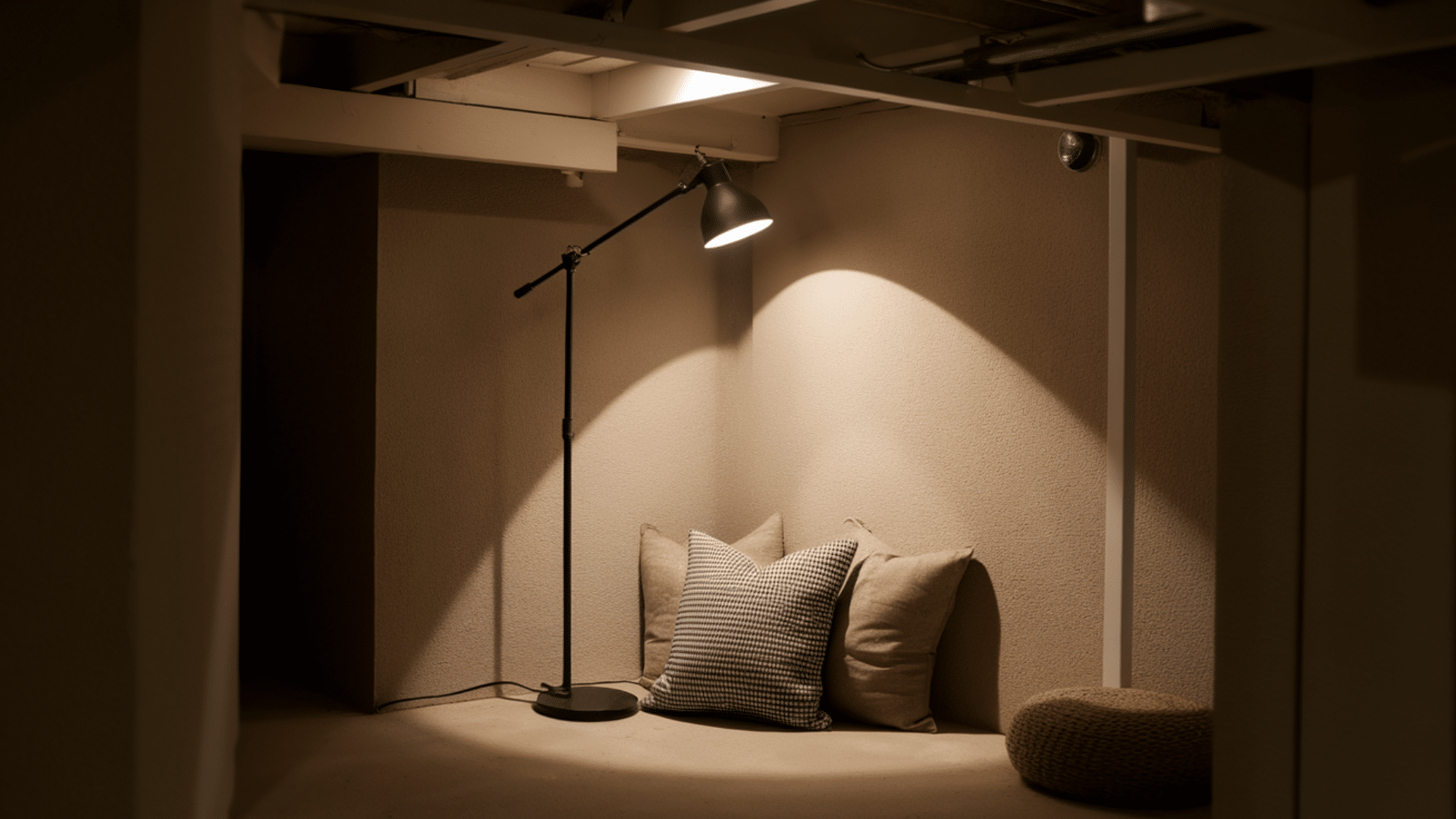
Floor lamps are perfect for brightening up corners or larger spaces. They can be easily moved around to suit your needs, allowing you to change the layout at any time. These lamps provide focused light, making them ideal for reading or relaxing.
LED lights

They’re bright, long-lasting, and energy-efficient, which makes them cost-effective over time. These lights can illuminate even the darkest spaces, creating a clean and well-lit atmosphere. Additionally, they use less energy than traditional bulbs, saving you money on electricity.
Paint the Walls and Ceiling
Painting helps refresh and brighten your basement. Choose lighter shades, such as white, beige, or soft gray, to make the space appear more open. Select paint that is mold-resistant if your basement is prone to humidity. For ceilings, you have two smart choices:
Light-Colored Ceilings
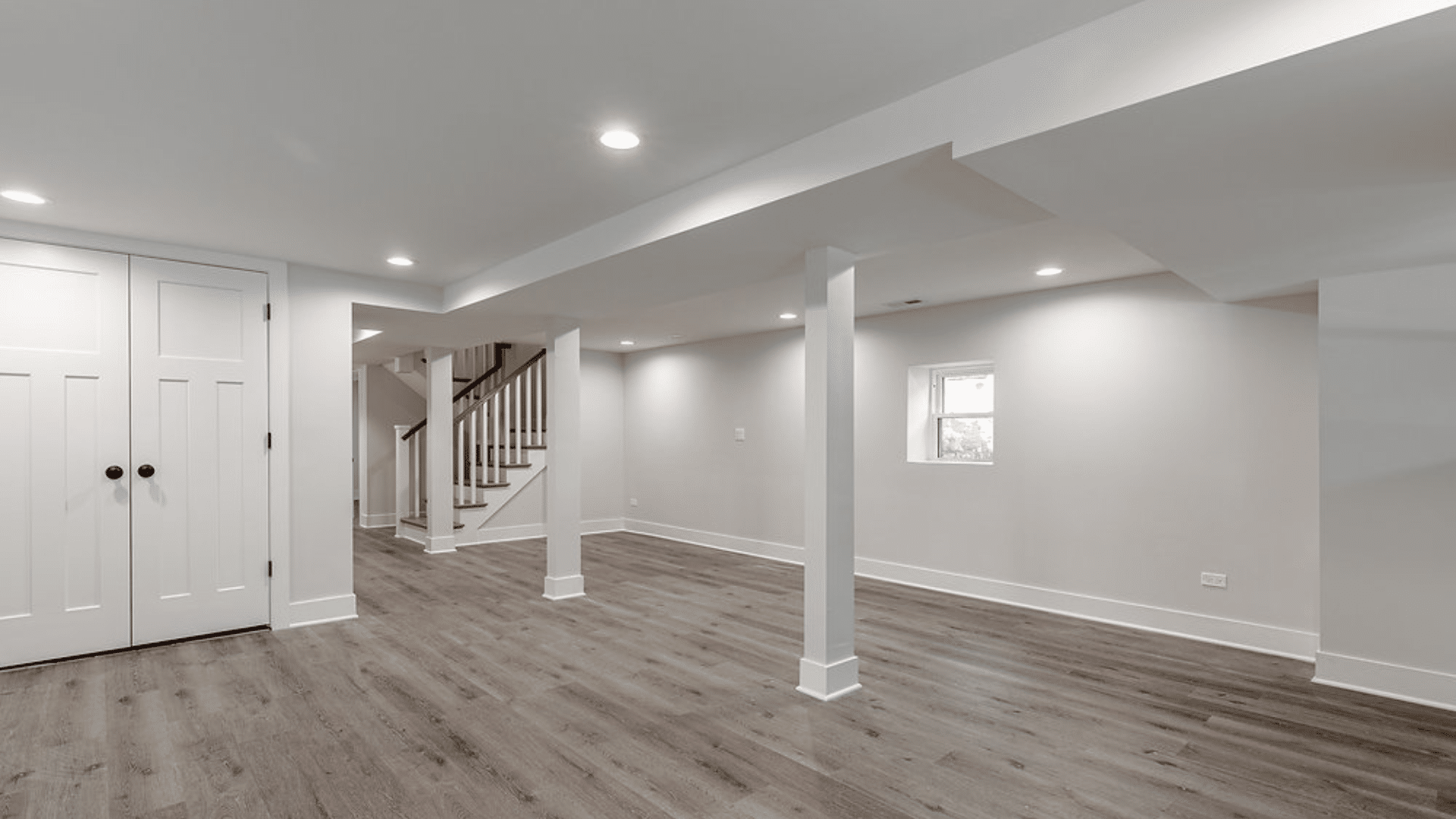
Using light colors on the ceiling can make a basement feel taller and more spacious. Light shades, such as white or soft pastels, reflect more light, which brightens the room and gives it an airy feel. This is especially useful for small or low-ceiling spaces.
Dark-Colored Ceilings
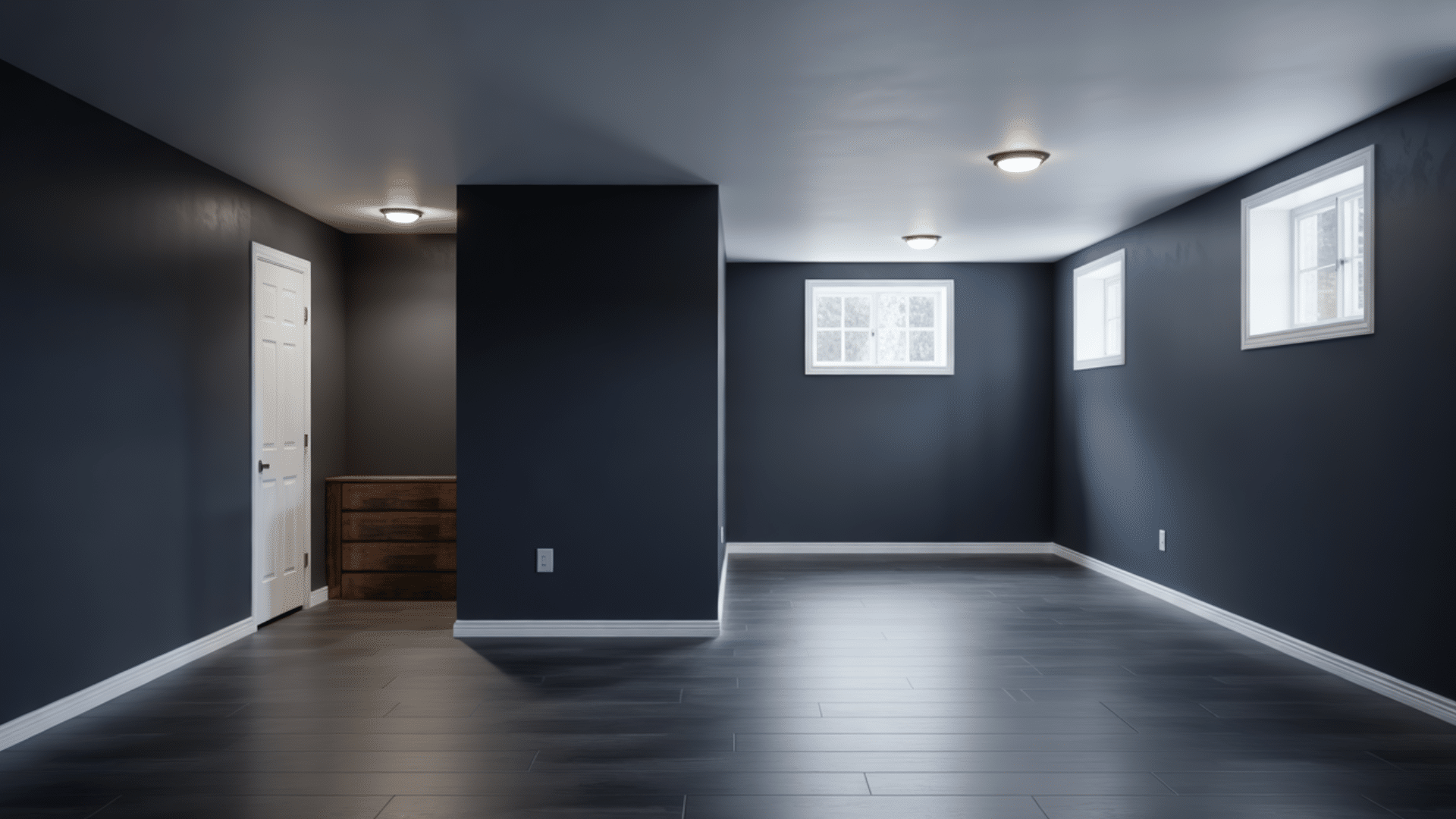
On the other hand, dark-colored ceilings can help conceal pipes, wires, and uneven surfaces without needing extra work. Darker tones add a cozy and dramatic feel while hiding imperfections. This can be a great option if you want to focus on other elements of the space.
Flooring Options
Basement floors are often plain concrete, which can feel cold and rough. Improving the floor makes the space safer, more comfortable, and better looking.
There are easy, affordable ways to upgrade without a full renovation. Pick what works best for your needs and budget. You don’t have to spend a lot to improve a basement floor. Here are some good options to consider:
Area Rugs
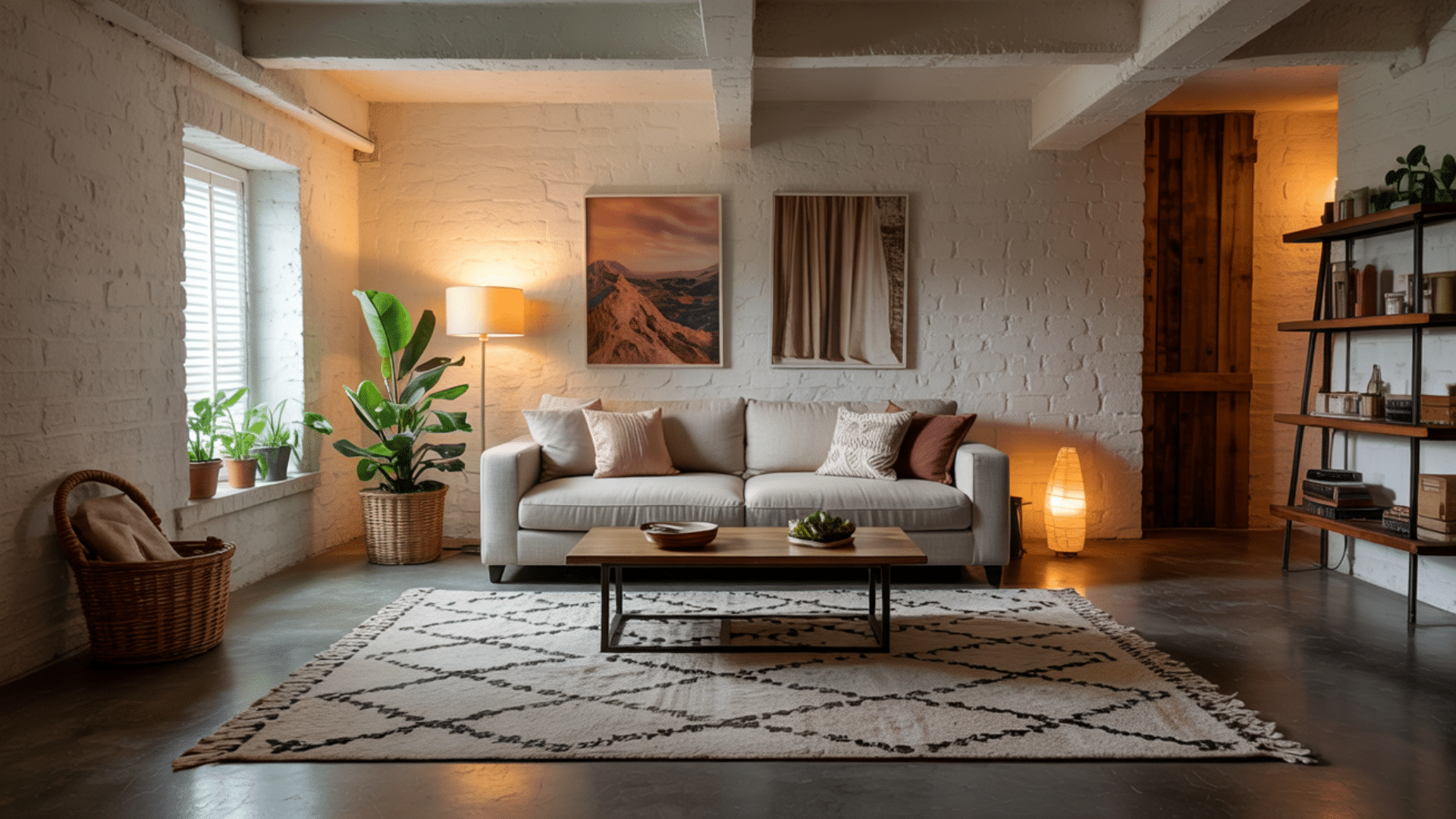
Large area rugs are a great way to warm up a space and add softness to the floor. They help create a comfortable environment, especially in basements with hard floors.
The best part is that they are easy to move or replace if needed, giving you flexibility in your layout and design.
Interlocking Foam Tiles
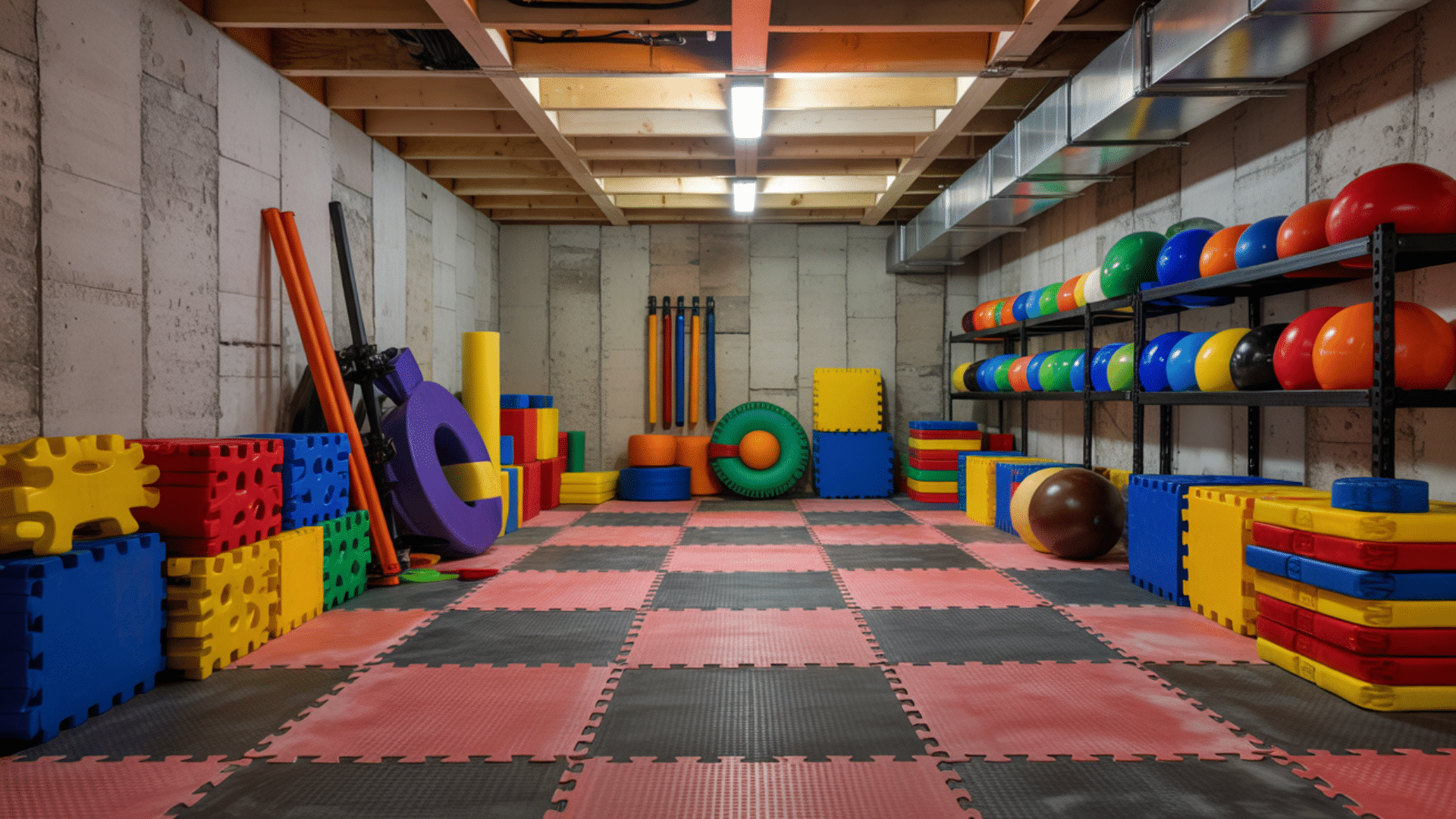
Interlocking foam tiles are soft and easy to install, making them perfect for areas where you plan to work out or let kids play.
These tiles provide cushioning and protection for the floor, helping to reduce noise and impact. They come in various colors and designs, allowing you to customize the space’s look.
Painted Floors
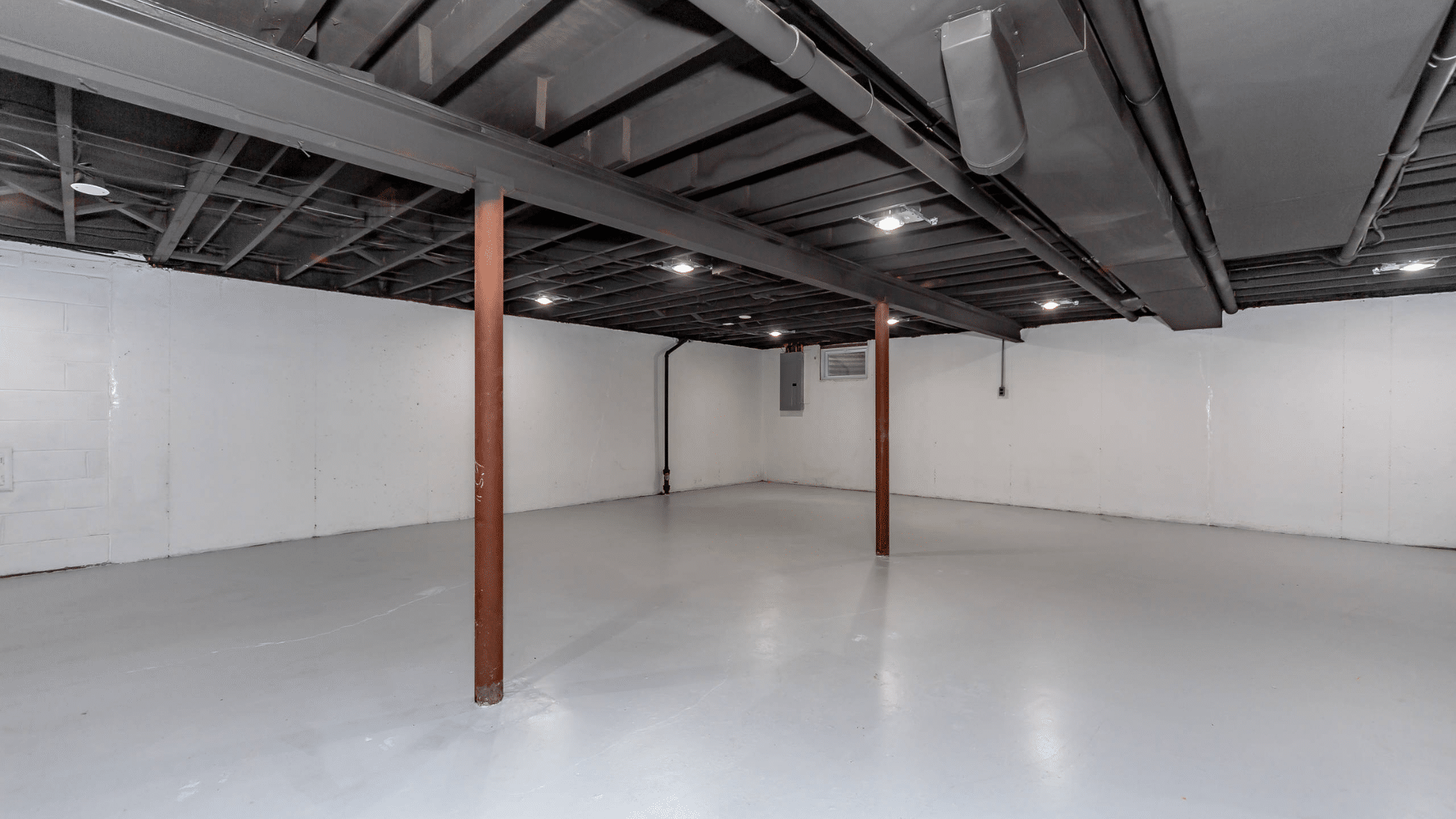
Special concrete floor paints are a smart way to add color to your basement floor while also protecting it against moisture and other elements.
By choosing light shades, you can brighten the room, making it feel larger and more inviting. Painted floors are easy to clean and maintain, making them a practical option for any basement.
Creating Functional Areas
Even without finishing the basement, you can still create functional areas that suit your needs. Whether it’s storage, a workout corner, or a laundry space, the key is organization.
Storage Area
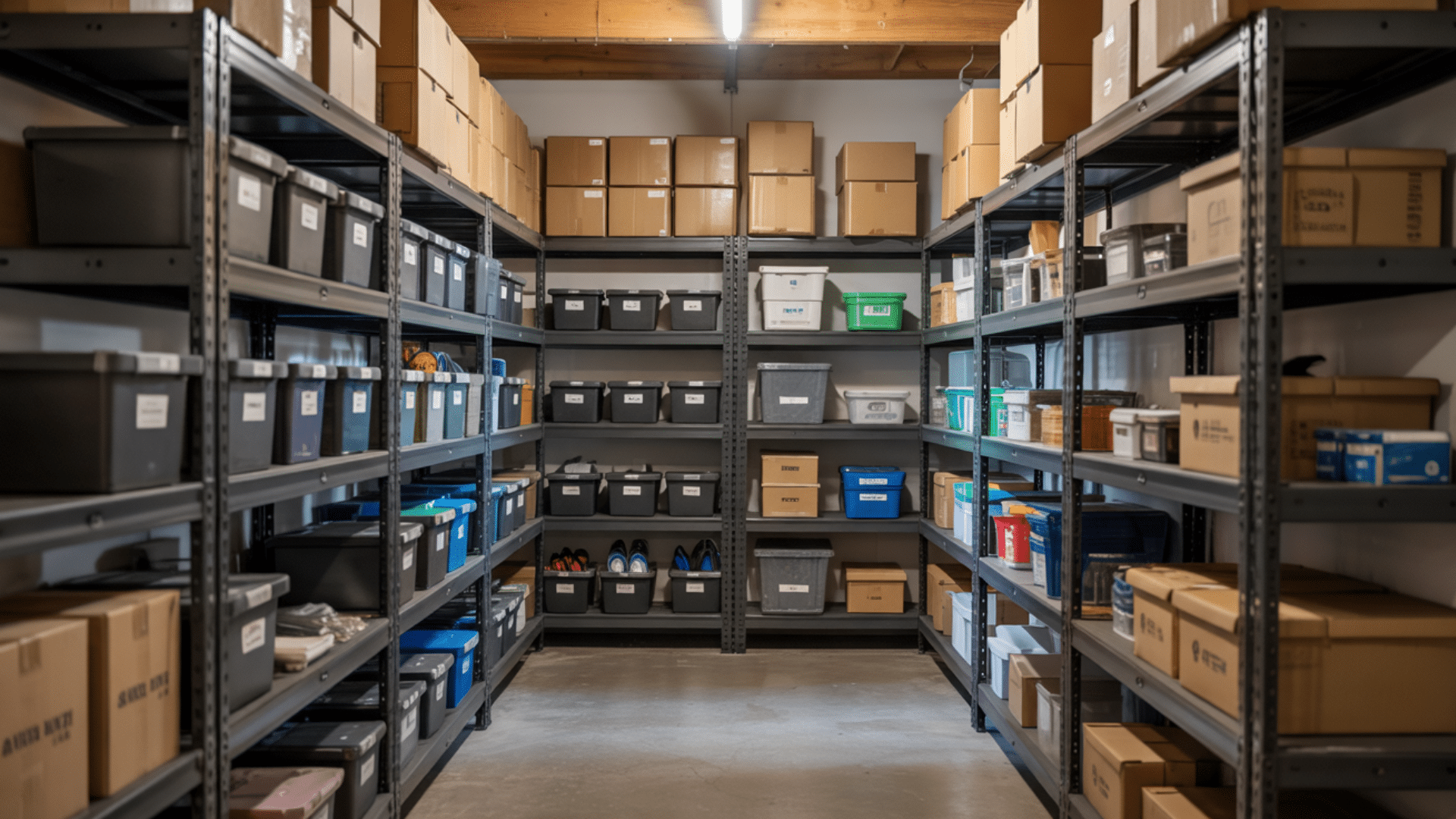
Creating a storage area in your basement is straightforward with the use of shelves and bins. These help keep your items organized and off the floor. With everything in its place, it’s easier to find what you need when you need it.
Workout Space
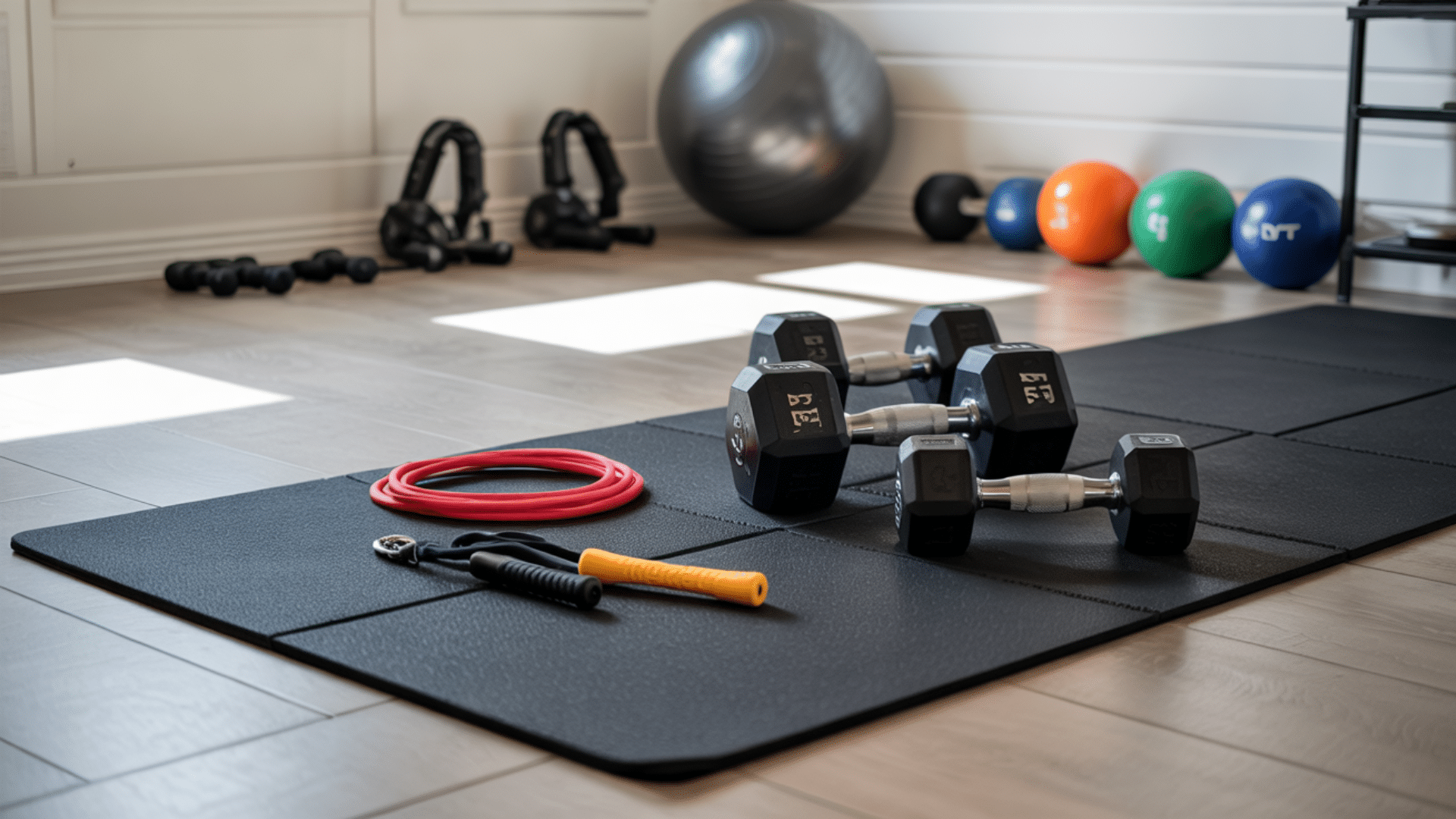
If you’re planning to use the basement as a workout space, a mat and some basic equipment are all you need. Consider adding dumbbells, resistance bands, or a jump rope to your workout routine. It’s a convenient area for daily exercise that doesn’t require a lot of space.
Play Area
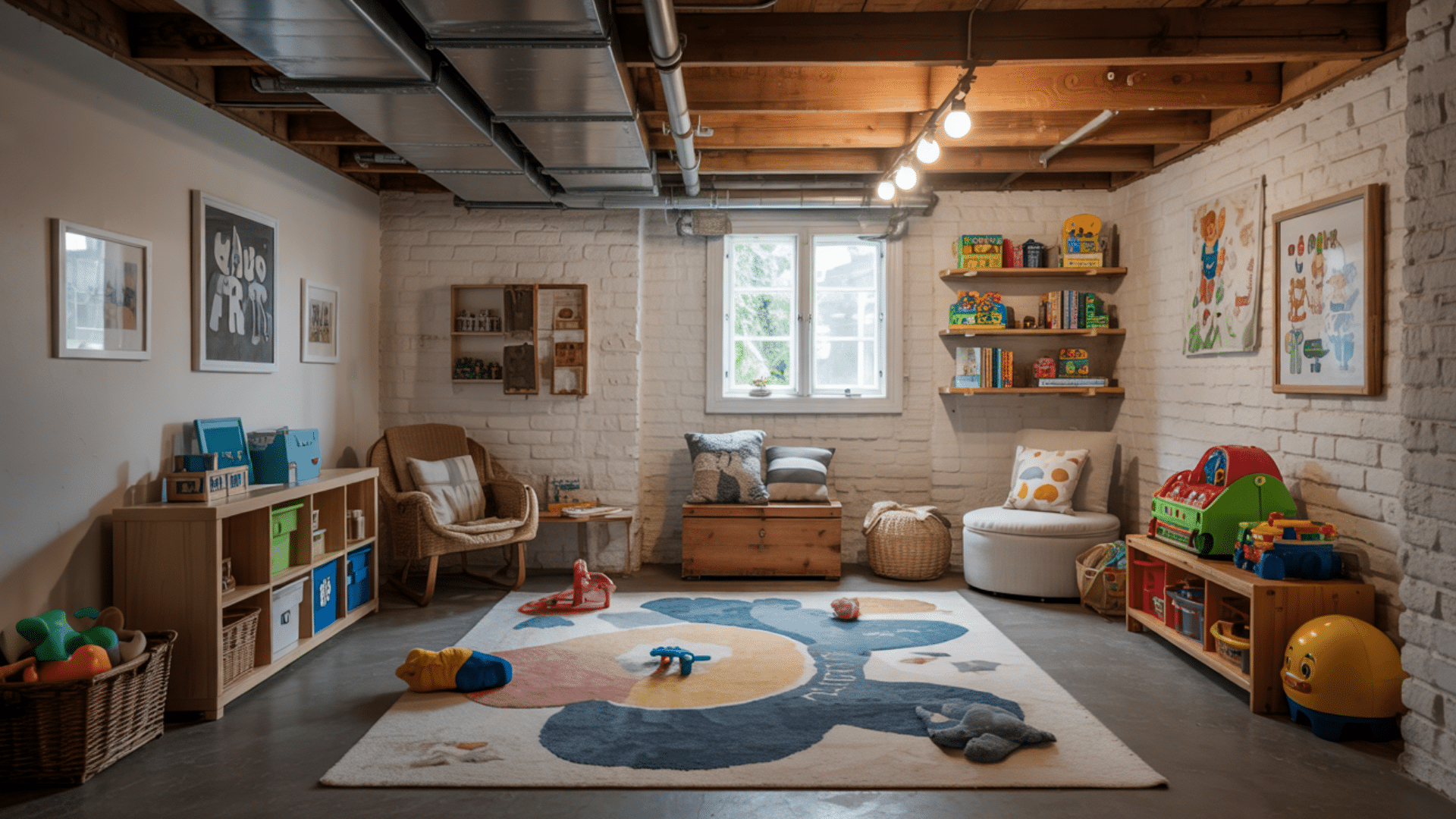
For a play area, all you need is a simple rug and a few toys. This creates a fun and safe environment for kids to play. It’s an easy way to use space for something practical while keeping things neat.
Laundry Corner
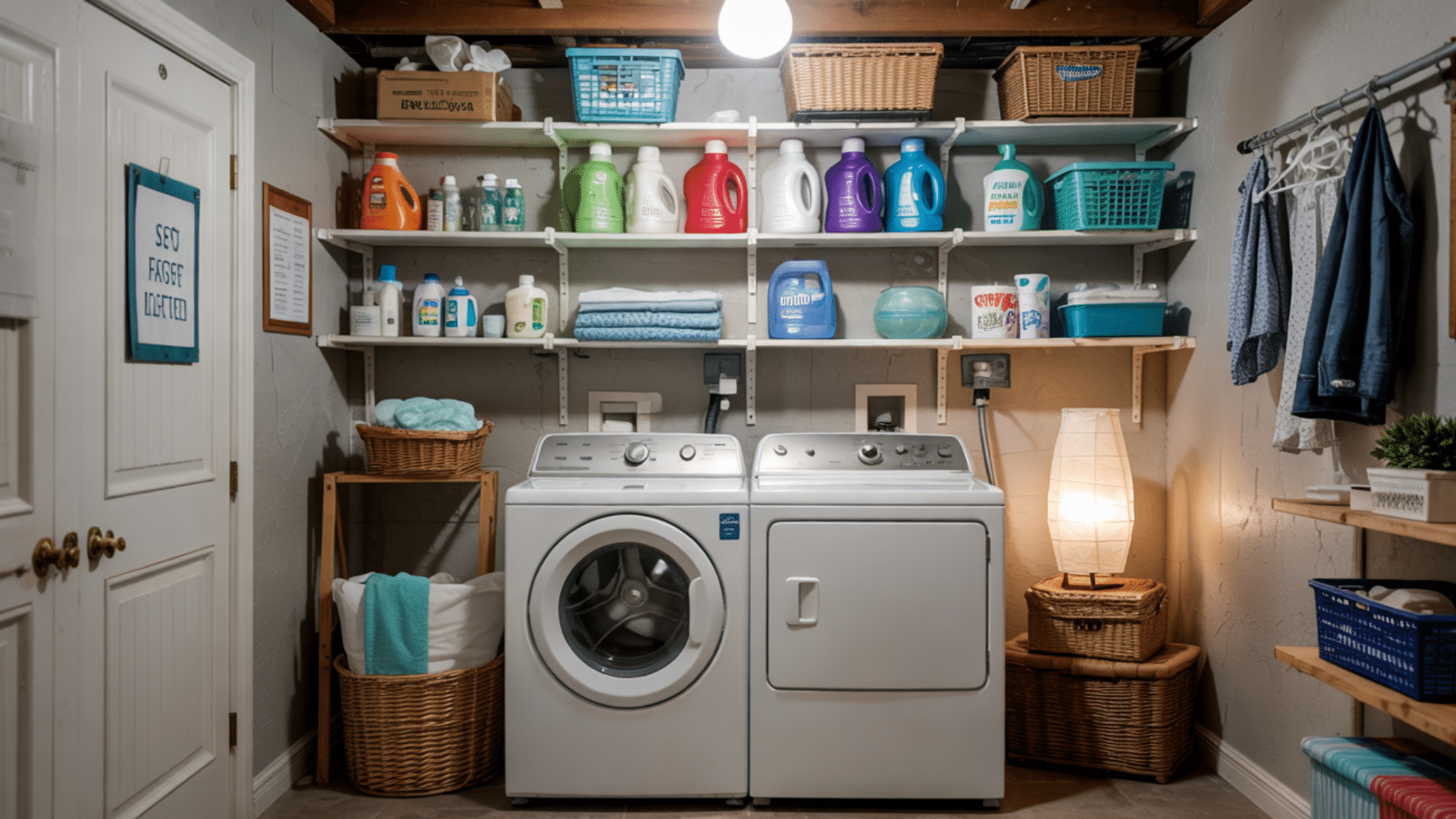
Set up your washer and dryer in a designated corner of the basement. Adding shelves above for detergents and other laundry supplies helps keep the area organized and efficient. This makes laundry day easier and less cluttered.
Decorating Tips
You can make your basement feel cozy and inviting with a few simple decorating ideas. Small touches can significantly transform a space, making it feel more like home.
Curtains
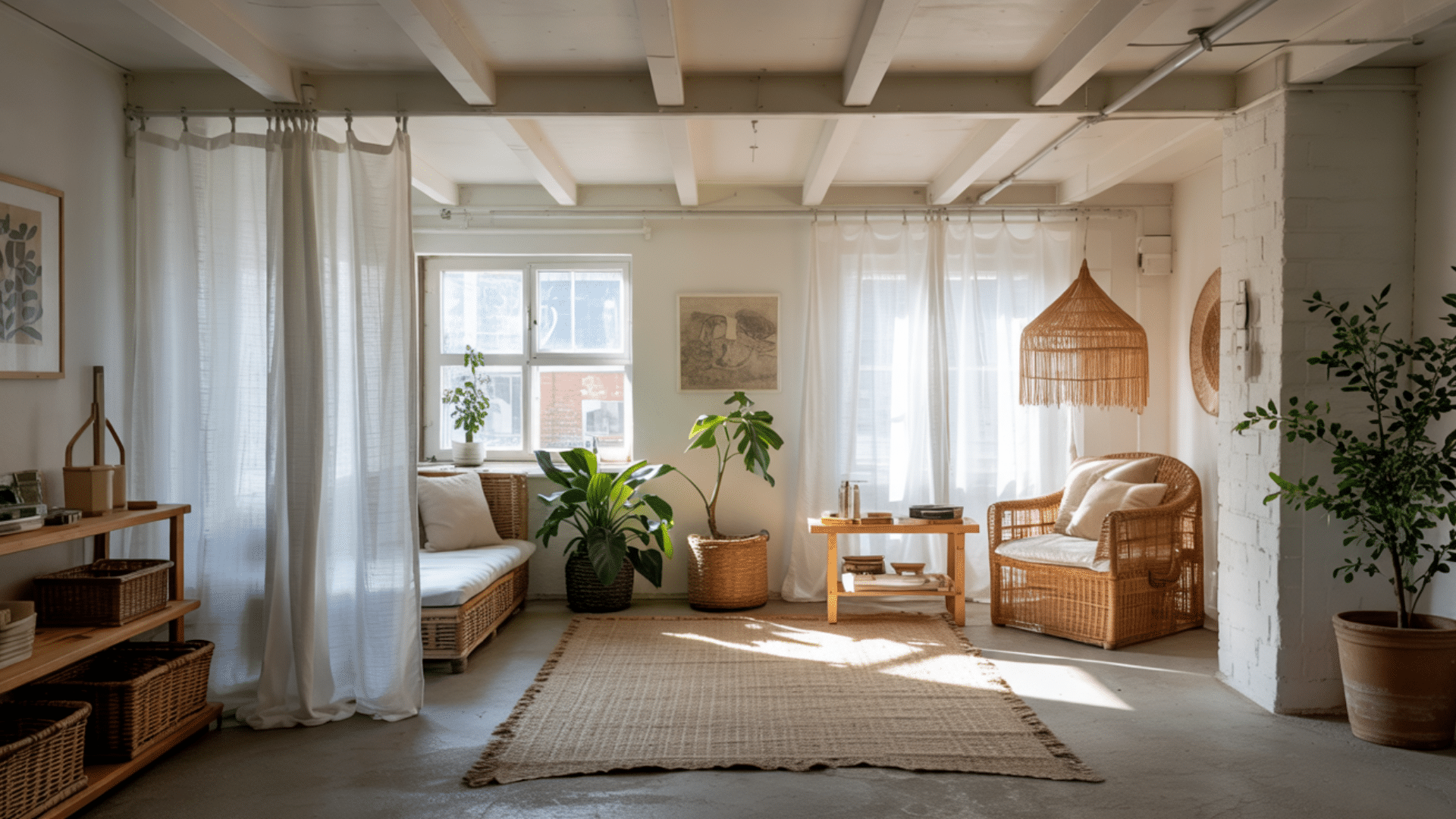
Curtains are a simple way to divide a space or cover bare walls in your basement. They can also provide privacy if you’re creating separate areas. With various colors and textures available, they add both style and function.
Wall Art
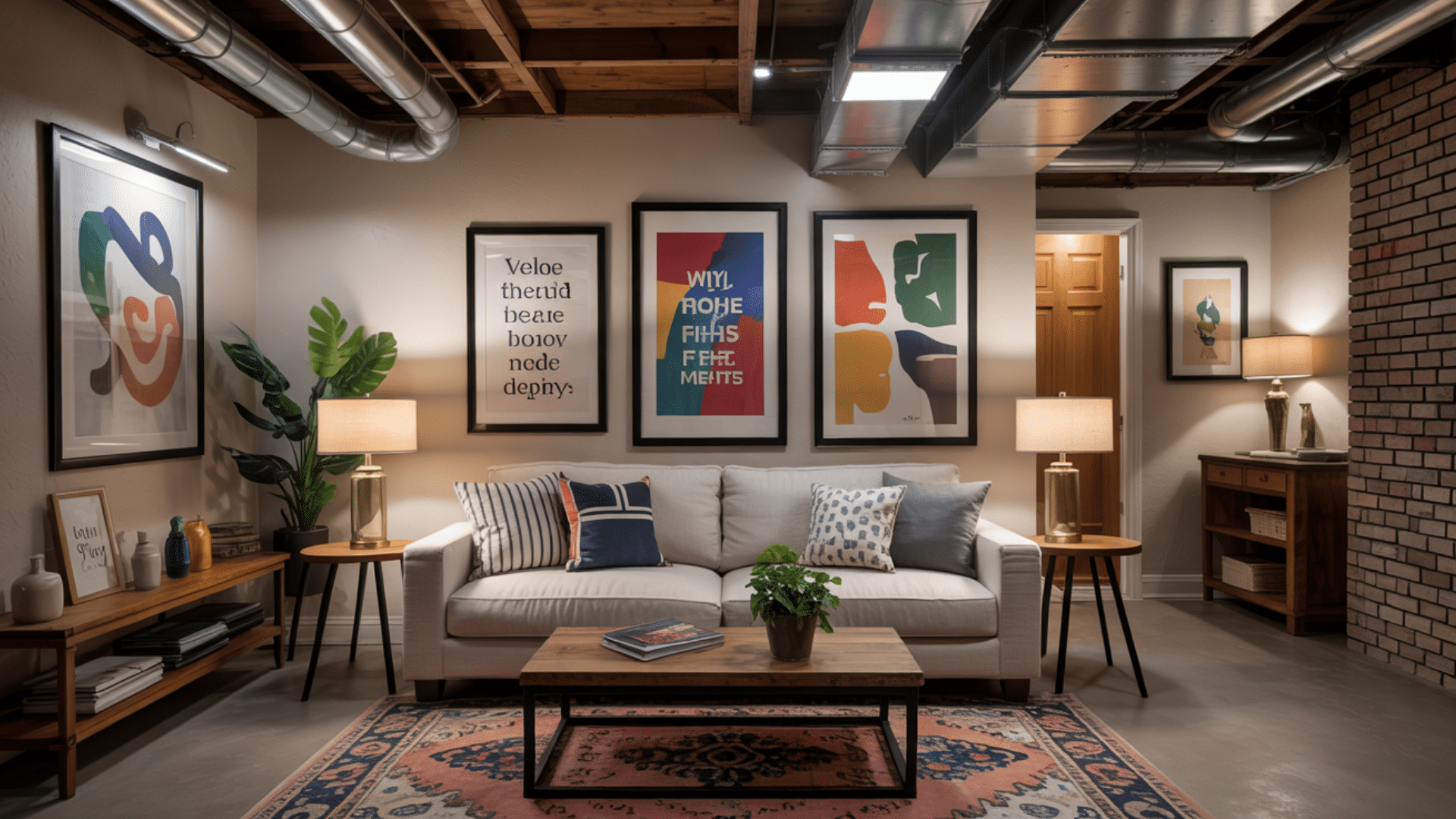
Adding pictures or posters to the walls helps bring personality to the space. Choose artwork that reflects the vibe you want—whether it’s calming, bold, or playful. Wall art makes the room feel more complete and welcoming.
Plants
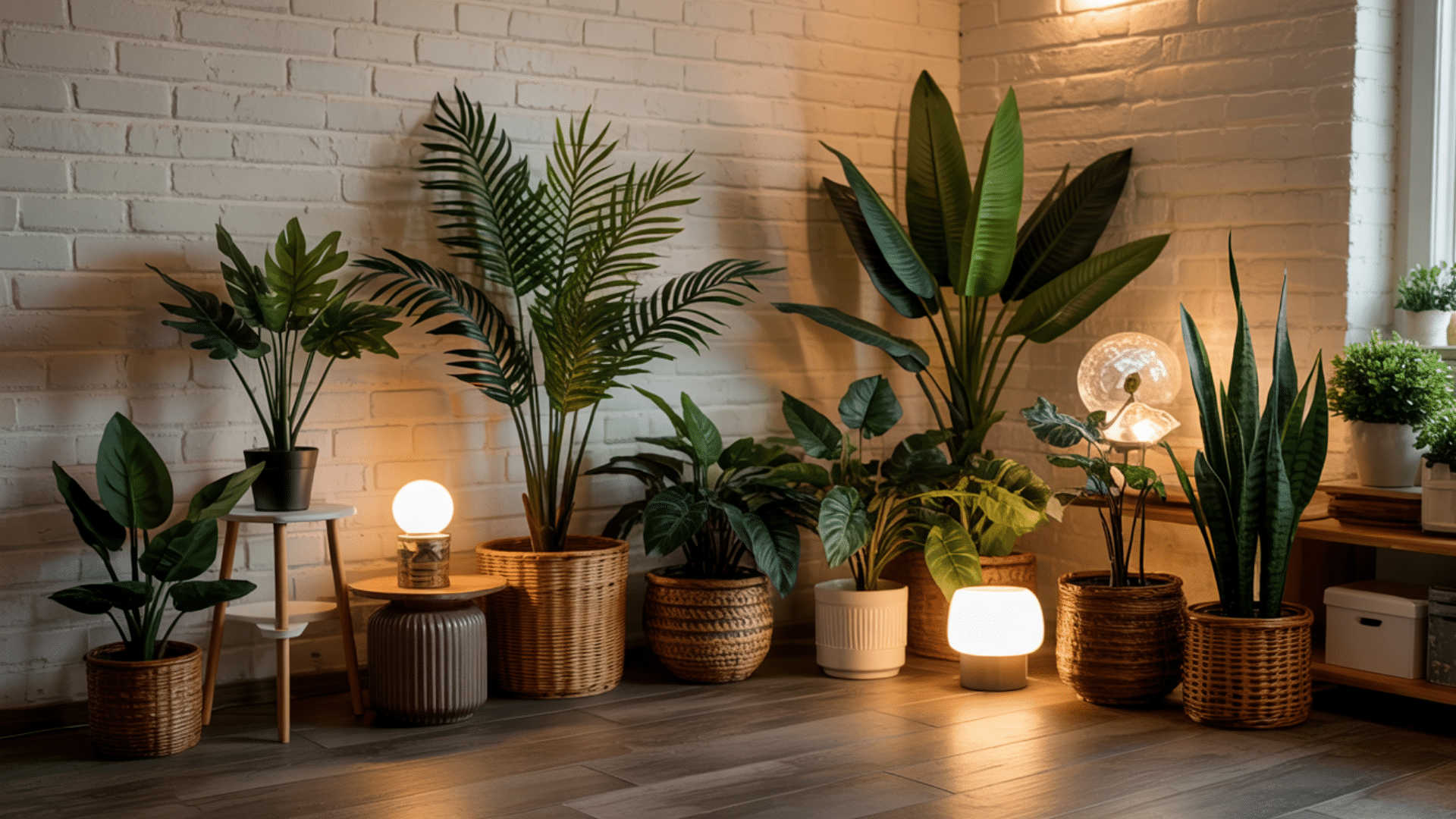
Fake plants are a convenient way to add greenery to your basement. They don’t require water or maintenance, making them perfect for low-light areas. A few well-placed plants can brighten up any corner of the room.
Furniture
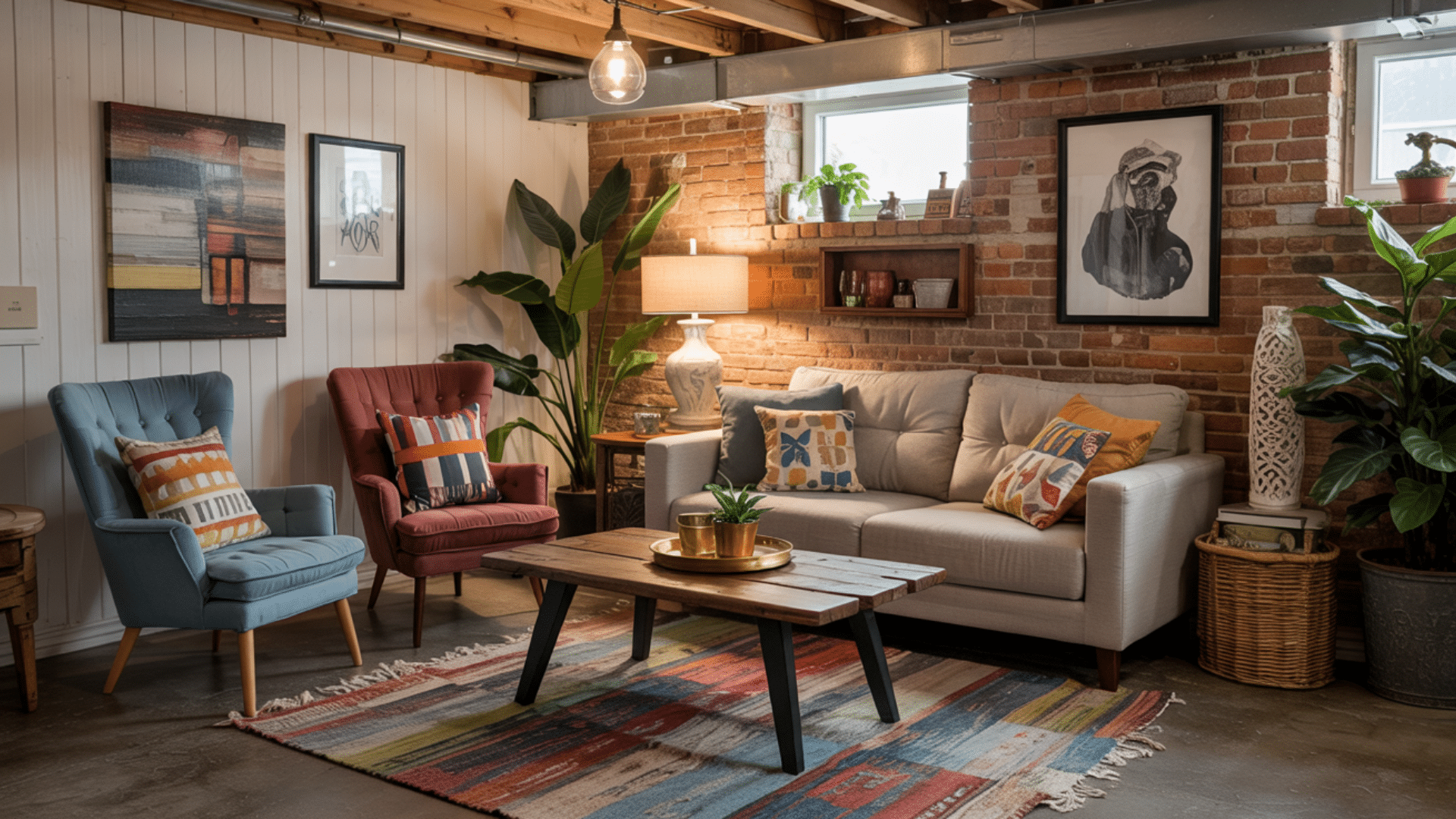
Repurpose old or extra furniture to create comfortable seating areas. Mix and match different pieces to suit your style and needs. This not only saves money but also adds character to your space.
Conclusion
An unfinished basement doesn’t have to be a wasted space. With a bit of effort, you can turn it into something useful and enjoyable. Start by cleaning and decluttering the area to make it more inviting.
Adding simple lighting, such as string lights or floor lamps, can transform the atmosphere and make it feel more inviting. Organizing the space with shelves, bins, and furniture you already have can create a functional layout.
Consider dividing the area into distinct sections, such as a workout space, play area, or laundry corner. Small changes, such as adding wall art, plants, or curtains, can make the space feel more personal and cozy.
Start with small projects, and before you know it, your basement will be transformed into a space you actually want to use.

